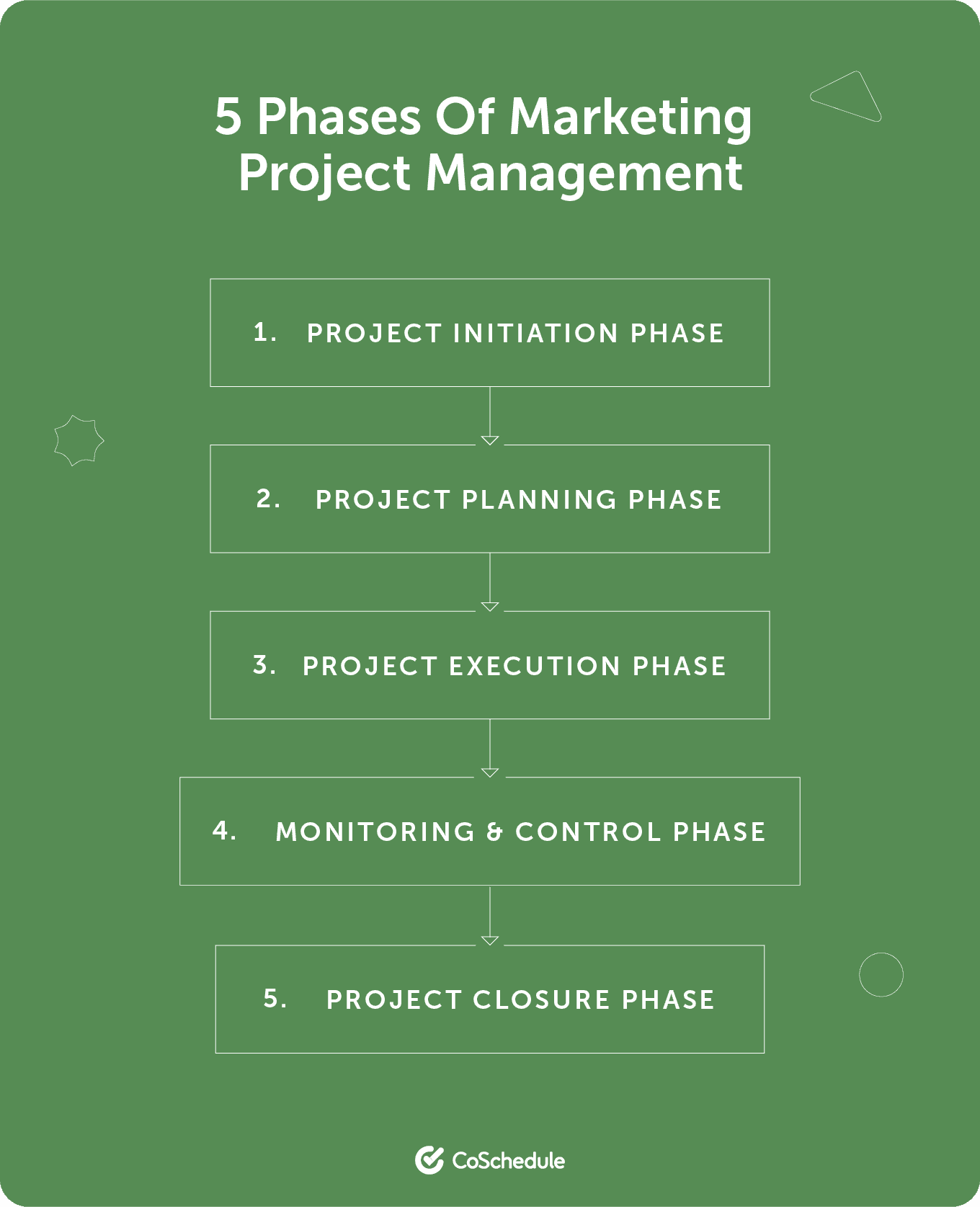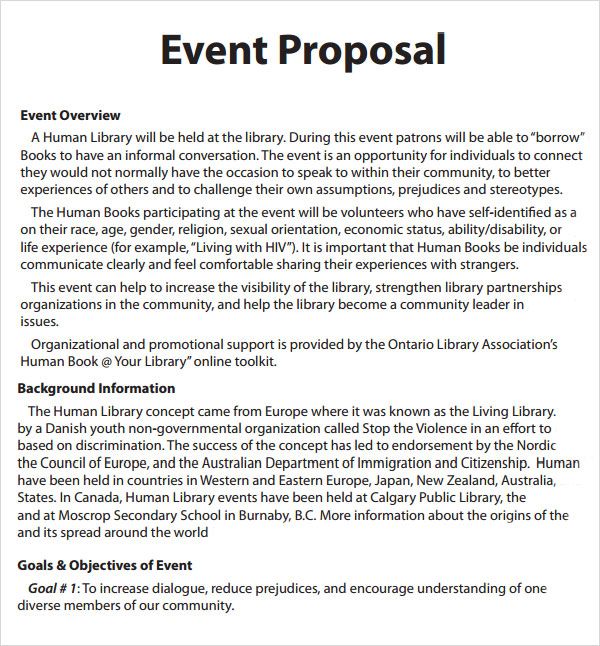Event planning can be both exciting and daunting, especially when it comes to putting together a winning proposal that captures the essence of your envisioned event. Knowing how to write a proposal for an event is crucial in conveying your ideas and strategies to potential clients or stakeholders effectively. In this blog, we will delve into the essential steps and components involved in crafting a proposal that wows and secures the success of your event. From outlining your event objectives to detailing budget considerations and marketing strategies, mastering the art of proposal writing can significantly elevate your event planning game. Let’s explore the key elements that will help you create proposals that leave a lasting impression!
Understanding the Importance of Event Proposals
Event proposals play a crucial role in the event planning process, outlining the key details and objectives of an event. A well-crafted proposal serves as a roadmap for organizing a successful event that aligns with the client’s vision and goals.
The Purpose of Event Proposals
Event proposals help event planners strategize and communicate the event concept, budget, timeline, and expected outcomes to clients or stakeholders. They serve as a blueprint that guides the entire event planning process.
Elements of an Event Proposal
An event proposal typically includes event description, objectives, budget breakdown, event timeline, venue details, proposed activities, and expected outcomes. This document provides a detailed overview of the event logistics and helps clients visualize the event.

Research and Planning for Your Event Proposal
When crafting an event proposal that wows, thorough research and detailed planning are key elements that can make or break your pitch. Start by analyzing the goals and objectives of the event you are proposing for. Understand the target audience, demographics, and preferences to tailor your proposal accordingly. Research recent trends in the event industry to incorporate fresh ideas and concepts into your proposal for a competitive edge.
Evaluating the Event Scope
Define the scope of the event by determining the type, size, and theme to align your proposal with the client’s expectations. Identify the unique selling points of the event that can set it apart from others to attract sponsors and attendees effectively.
Creating a Comprehensive Budget
Develop a detailed budget that covers all aspects of the event, including venue costs, marketing expenses, catering, and entertainment. Ensure that the budget is realistic and aligns with the client’s financial constraints for a successful proposal.
Structuring Your Event Proposal for Success
When crafting a winning event proposal, it is essential to adhere to a structured format that highlights the key aspects of your event plan. A well-structured proposal not only showcases your professionalism but also helps convey your ideas clearly to potential clients or stakeholders. Here are some key steps to consider when structuring your event proposal:
1. Introduction
Start your proposal with a compelling introduction that provides a brief overview of the event you are planning. Clearly define the event objectives and the purpose of the proposal. Emphasize the unique aspects that make your event stand out.
2. Event Details
Provide detailed information about the event, including the date, time, venue, and expected number of attendees. Highlight the key features and attractions of the event that will capture the interest of the target audience. Use bullet points or numbered lists for easy readability.
- Event theme and concept
- Program agenda and schedule
- Speakers or performers
Writing Compelling Content for Your Proposal
When crafting your event proposal, it is crucial to focus on writing compelling content that captivates your audience and showcases the value of your event. To create an impactful proposal, consider the following key elements:
Understanding Your Audience
Before diving into writing your proposal, take the time to understand your target audience’s preferences, interests, and needs. Tailoring your content to resonate with your audience will increase the chances of a successful proposal.
Highlight the benefits and unique selling points of your event, emphasizing what sets it apart from others in your industry. Use engaging language to create a sense of excitement and anticipation.
Compelling Visuals
Integrate visually appealing elements into your proposal to make it more engaging and memorable. Include high-quality images, infographics, and charts that visually represent your event concept.
- Use colorful graphics to enhance the visual appeal of your proposal.
- Ensure that all visuals are relevant and complement the overall theme of your event.
Incorporating Visual Elements for Impact
When writing a proposal for an event that wows, incorporating visual elements can make a significant difference in capturing the attention of your audience and conveying your message effectively. Visual elements such as images, videos, infographics, and charts can help make your proposal more engaging and memorable.
The Power of Images
Images play a crucial role in attracting attention and creating a visual representation of your event proposal. Including high-quality images that resonate with your event theme can evoke emotions and make your proposal more compelling.
Infographics and Charts
Utilizing infographics and charts can help you present complex information in a visually appealing and easy-to-understand format. Infographics can effectively showcase statistics, data, and timelines, making your proposal more informative and engaging.
Reviewing and Refining Your Event Proposal
After creating your event proposal, the next crucial step is to review and refine it to ensure it meets the standards that will impress your clients and stakeholders. This process involves thorough examination and adjustments to enhance the overall appeal and effectiveness of the proposal.
Objective Evaluation
Begin by objectively evaluating each section of your proposal. Check for any inconsistencies, errors, or areas that may need further clarification. Make sure that the proposal addresses the key points and objectives of the event effectively.
It’s essential to highlight the unique selling points of your event proposal to stand out among competitors.
Solicit Feedback
Seek feedback from colleagues, industry professionals, or mentors. Their insights can provide a fresh perspective and valuable suggestions for improvement. Incorporate constructive feedback to refine the proposal further.
- Engage with a diverse group of people to gather comprehensive feedback.
- Consider all input carefully before making revisions.
Frequently Asked Questions
-
- What are the key components to include in an event proposal?
- Key components to include in an event proposal are event details, objectives, target audience, budget, timeline, marketing plan, and any special requirements or requests.
-
- How can I make my event proposal stand out?
- To make your event proposal stand out, you can personalize it to the client’s needs, showcase your creativity and experience, provide clear and detailed information, and include visuals such as event concepts or designs.
-
- Why is it important to tailor my event proposal to the client?
- Tailoring your event proposal to the client shows that you understand their specific needs and preferences, which increases the chances of winning the event planning contract.
-
- What should I consider when determining the budget for an event proposal?
- When determining the budget for an event proposal, consider the costs of venue, catering, entertainment, decorations, marketing, staffing, permits, and any other expenses related to the event.
-
- How should I format my event proposal for maximum impact?
- Format your event proposal professionally with a clear structure, use visuals and images to support your ideas, proofread for any errors, and ensure that the proposal is easy to read and understand.
Final Thoughts: Mastering the Art of Event Proposal Writing
As we conclude our journey into the realm of event planning, we have uncovered the essential strategies for crafting a proposal that dazzles and delights. Remember, a well-written proposal is not just a formality, but a powerful tool that can set the tone for your entire event. By following the steps outlined in this guide, you can confidently showcase your event vision, budget, and value proposition to potential clients or stakeholders. Embrace creativity, tailor your proposal to the specific needs of your audience, and always strive for clarity and professionalism in your presentation. With these key takeaways in mind, you are now equipped to write event proposals that not only impress but also win hearts and secure successful events.



